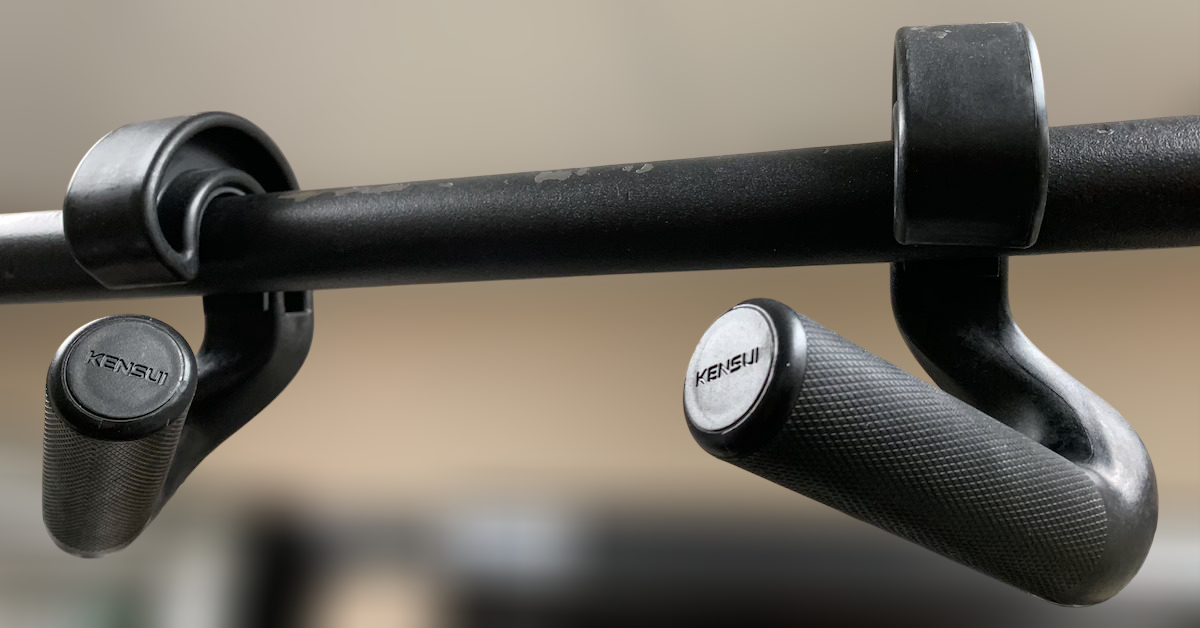“Chin up… Chest out… Look straight ahead… Brace the abdominals… Grip the bar tight… Push the ground away through all four corners of your feet… Drive the hips forward as you clear your knees… Stand tall… Control the lowering… Gently touch the ground, pause, and go again…”
“Oh yeah, don’t forget to breathe!”
Strength training has become so technical these days. There was a time when “grip it and rip it” was all you needed to build strength and size. Now, with the rise of personal training, it seems like a trainer justifies their pay by the number of instructions they regurgitate. What happened to the KISS principle?
The Standard Breathing Rule
Breathing is near the top of most trainers’ exercise-instruction list. The general rule is: exhale when you lift a weight and inhale when you lower it. That’s simple enough, but does it always apply?
- What if you’re lifting a maximal load?
- What about high-speed, explosive movements?
- Or super-slow training where each rep takes 14 seconds or more?
How the Best Really Breathe
If you’re a bodybuilder focused on muscle growth, you’re likely using moderate weights at a moderate tempo for a moderate number of sets and reps. So why not follow the standard breathing rule?
Well, success leaves clues. Watch any video of top bodybuilders training. When Kai Greene is benching 500 pounds or Ronnie Coleman is squatting 800 pounds, are they casually exhaling on the lift and inhaling on the descent?
I don’t think so!
When the going gets tough, the “tough guys” hold their breath. And so do you! In fact, we all instinctively perform a Valsalva maneuver (exhaling against a closed glottis) during near-maximal efforts. Don’t believe me? Pay attention next time you’re exerting force on the toilet. Trust me, you’re not holding your breath because of the smell! Then again…
The Best Way to Breathe for Strength
Research shows that maximizing intra-abdominal pressure during strength training makes you stronger and supports spinal stability. The best way to do this?
- Take a deep belly breath (about 75% of max)
- Hold it throughout the rep if possible
- Exhale only when the rep is complete
This strategy provides optimal spinal support with minimal side effects.
Let Breathing Happen Naturally
Breathing—and breath-holding—are instinctive. When you attempt to lift a heavy load, you’ll naturally hold your breath. You don’t need to think about it.
Both Dr. Stuart McGill and Dr. Mel Siff, leading experts in strength and rehabilitation, argue that the common advice to exhale when lifting and inhale when lowering is a mistake. Siff states that proper exercise technique automatically triggers the best breathing strategy—you don’t need to micromanage it.
A trainer who overcomplicates breathing during exercise will likely confuse clients and hurt performance rather than help it.
When Breathing Cues Matter
While breathing usually takes care of itself, there are a few exceptions where cues may be necessary:
- Beginners often stop breathing during repetitive, low-intensity lifts. A gentle reminder helps.
- Isometric contractions (static holds) can build excessive pressure. Rapid breathing reduces it.
- Hypertensive and cardiac patients should be encouraged to breathe through pursed lips or hum out through the nose when lifting.
Bottom Line
For most lifters, breathing happens naturally. Overthinking it can actually hinder performance—whether in the gym or on the toilet! Just remember to breathe every rep.

Upgrade Your Pull-Ups with Swissies-SP Handles
Pull-ups are one of the best exercises for building back and arm strength—but not all pull-up bars are created equal.

No Time to Walk After a Meal? Do This Instead!
By now, most people know that getting in daily steps is essential for overall health. In particular, taking a short

Stay Fit on the Fly: No-Excuse Workouts for Travelers
One of the biggest challenges people face when traveling is maintaining their exercise routine. The two most common excuses? Lack
follow
Error: No feed with the ID 2 found.
Please go to the Instagram Feed settings page to create a feed.
